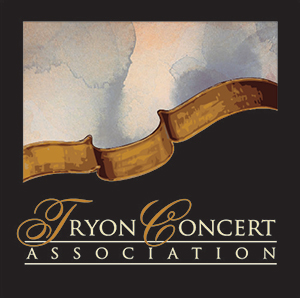
Stephen Hough is a Renaissance man. He has the kind of genius we might expect puts things together in a surprising way. But that doesn’t mean we’re prepared for the surprise. Last Friday at the TCA concert, this celebrated British pianist took the “wheels off the wagon” purposefully, turning it into a jet plane. The results were breathtaking.
We heard fantasies, first from Debussy in Clair de Lune and then Images, Book II. Completing the program before intermission, he played Schumann’s Fantasy in C Major. After the intermission, it was Debussy again, in La terrasse des audiences du clair de lune from Preludes, Book I, and then Images, Book I. Finishing the program was Beethoven’s Sonata No. 23, the Appassionata. And finally, the encore, a posthumously published and unheralded etude by Schumann brought us touchingly back to present reality.
There is an article about Hough in Vanity Fair of April 12, 2014 entitled Keys to the Divine. He had entertained becoming a Roman Catholic priest. It’s an idea it appears he still follows to great extent, having composed two masses for orchestra and choir. He is said to think of himself as a priest when he enters the stage… “a priest approaching the altar.” The black Nehru suit does fit that image.
And images are important to him, whether Debussy’s or his own, for he is a painter. In Gramaphone of October 4, 2012 we see Hough as an abstract expressionist in an exhibition entitled Appassionato (see some here). So, we begin to see one thing relating to another: an exhibition to a Beethoven sonata, a Debussy impressionists imagery to a pianist’s, a merging of the auditory and the visual. An artist is placing a Debussy beside a Schumann, then a Debussy beside a Beethoven, then a Beethoven beside a Schumann — a man who went mad beside himself. Here also is a poet and a novelist. Here is a priest.
Unforgettable for beauty beside unknown poignance, Hough’s playing transported us. We exulted in sometimes an eerie silence in the first half, which seemed understated. We kept step with the measured timing, the images, feeling the emotion of the piano’s rising to the occasion. Or was it the ardent love of a young Schumann?
Or was there any music at all? The first half in its translucent fluidity may have been a canvas rolled before us of dream events. We’d fallen into an Alice in Wonderland rabbit hole. The music we only imagined. The marionette and the noble piano were only a picture. Then we awoke and the marionette coughed.
 The second half was anything but reserved and dreamlike. It was Beethoven’s playing of Debussy, perhaps…which was glorious, too. But the Appassionata, known for its incomparable power… it was played by a twenty-first century priest who gave it everything he had.
The second half was anything but reserved and dreamlike. It was Beethoven’s playing of Debussy, perhaps…which was glorious, too. But the Appassionata, known for its incomparable power… it was played by a twenty-first century priest who gave it everything he had.
